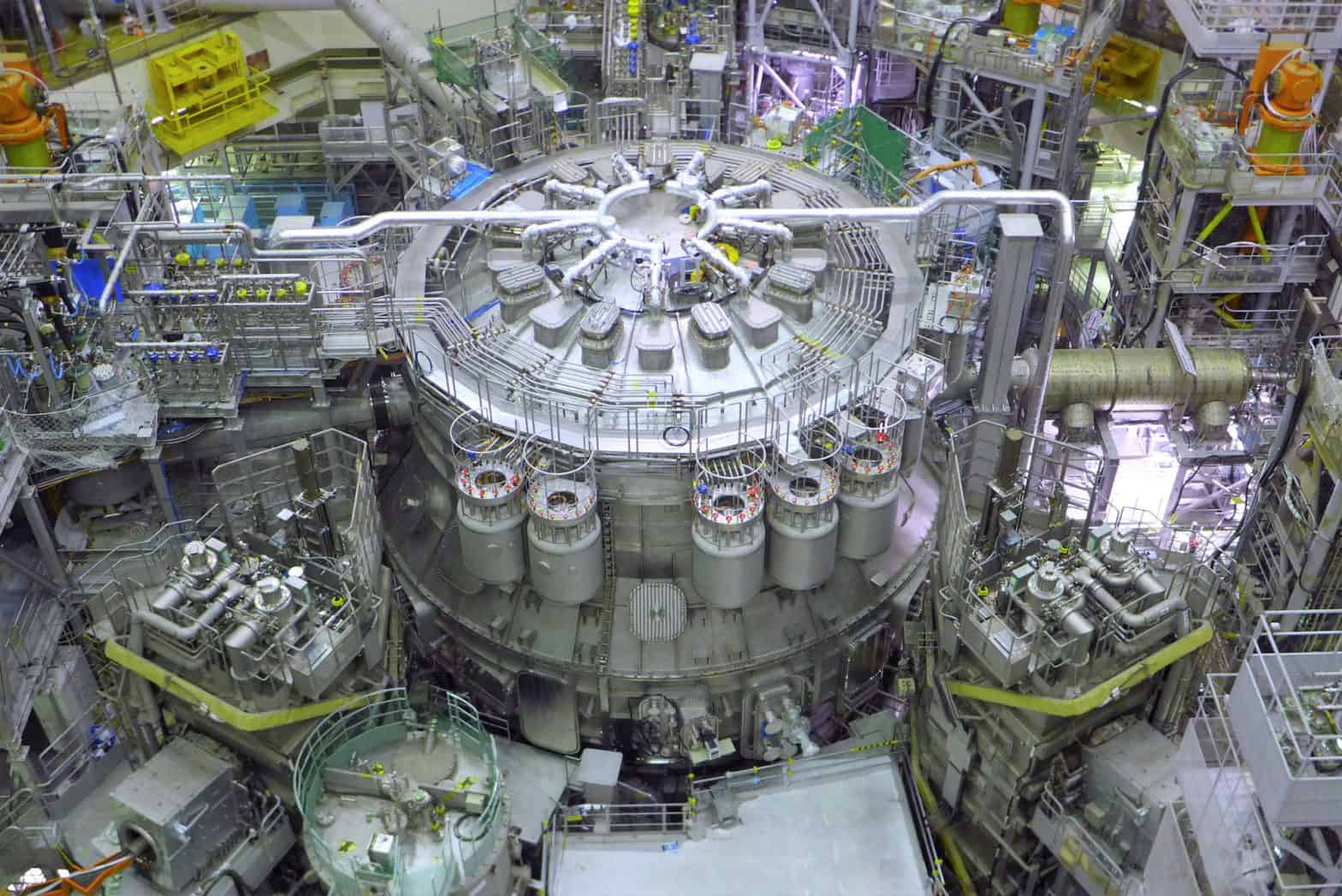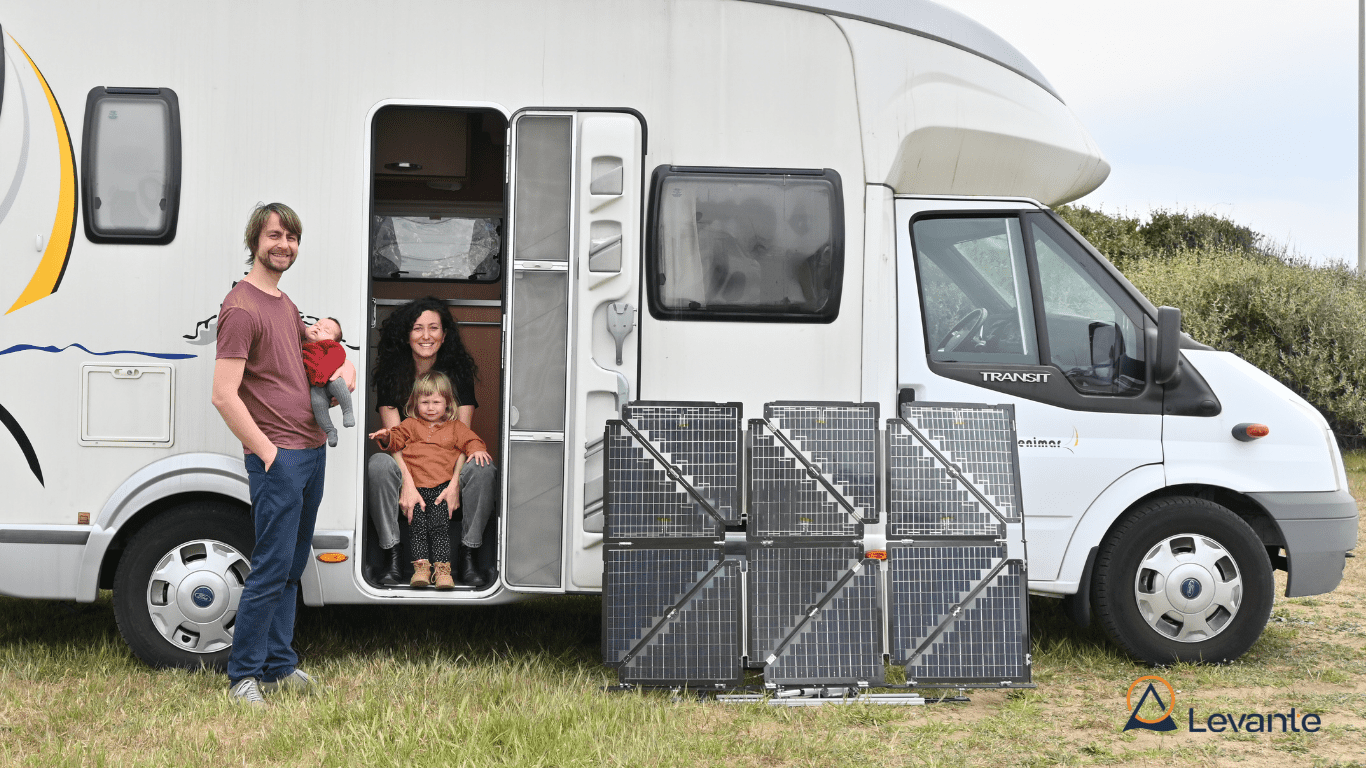
About Decarbonizing Europe
What does the Recovery and Resilience Facility entail?
The European Commission has made available an amount of 723.8 billion euros
to combat the consequences of the corona crisis and make Europe greener, cleaner, and future-proof. All member states have the opportunity to submit plans for disbursement from this Recovery and Resilience Facility.
Who is participating in the Recovery and Resilience Facility?
All the member states of the European Union. All member states? No, The Netherlands has not submitted plans as yet. Although, it became public knowledge at the end of January that hard work is going on behind the scenes in the Netherlands to secure some of those European billions.
What do the member states have to spend the money on?
At least 37 percent of the funding should be used for making their countries more sustainable and 20 percent for digitalization. In addition, there are also other key points:
– Smart, sustainable and inclusive growth
– Social and territorial cohesion
– Public health, economic, social, and institutional resilience
– Policy for future generations
What else is happening?
Apart from that, the EC has identified several so-called flagship areas:
– Power up
– Renovate
– Recharge and Refuel
– Connect
– Modernise
– Scale-up
– Reskill and upskill
What is Innovation Origins planning to do?
Over the next few months, we will be focusing on the implementation of these plans. We will be outlining what each country is doing to reduce CO₂ emissions, and we will be reporting on innovative projects. Infographics will allow you to compare the member states’ efforts with each other.
When presenting investments for the plan, the Italian government pointed out how buildings are responsible for nearly half of the greenhouse gas emissions in Italy.
According to the statistics presented by the Italian National Agency for New Technologies, Energy and Sustainable Economic Development (ENEA), most of the country’s real estate belongs in the F and G energy classes.
With over a decade of tax deductions to improve the energy efficiency of buildings, it is now time for the superbonus scheme to fast-track the transition towards a building stock that has less impact. This measure was first introduced in 2020 by Giuseppe Conte’s cabinet within the broader Decreto Rilancio – a governmental decree aimed at stimulating the economy right after the lockdown of that spring.
How does it work?
The Superbonus 110% is a tax deduction scheme whereby up to 110 percent of the money spent on a renovation can be deducted. Eligible buildings for this scheme include apartment buildings, stand-alone houses and social housing. That deduction can be offset in five annual installments. “Each renovation project must improve the energy performance of the building by two energy classes. In most cases, such improvements can be achieved by just improving the heating system,” explains Salvatore Marceddu, a structural engineer who has already worked on several renovation projects.
Energy-efficient interventions
The investment basically involves three types of interventions: thermal insulation, improvement of the heating systems in the common areas of buildings, and replacement of the heating systems in private homes.
“These interventions are the so-called ‘shoring-up’ measures, as they improve energy efficiency the most. If one of these interventions is carried out, other types of ’shoring up’ interventions can then be acted upon. Installing solar panels or charging infrastructure are some examples,” Marceddu clarifies.

Thermal insulation
“Each building has different characteristics, but in all our renovation work, we have been able to raise the homes to energy class A4,” says Antonio Chillocci, engineer and technical director of Chillocci S.R.L., a Sardinian construction company. Most of the renovation he carries out is for apartment buildings. The age of the building is an important factor here.
“With older buildings, you cannot do without thermal insulation. With newer ones, upgrading the heating system and windows is all it takes to make them energy efficient,” Marceddu explains. The sustainability of materials is also important. “For the insulation of buildings, we usually use certified materials such as glass wool and expanded polystyrene,” Chillocci adds.
Read more: Billions for a greener Italy, but will Draghi manage to spend the EU money this time?
When we refer to certified materials, it is worth mentioning that in 2017, the Italian government established a new code for tenders in the construction sector. Since then, construction materials must comply with a set of minimum environmental standards. One of the criteria is that in terms of weight, at least 15 percent of the materials used in the building must be recycled.
The results
Each month, ENEA publishes a report with figures on renovation projects. The latest release shows that interventions were mainly carried out in single-family homes. Apartment buildings are the properties where the most money has been spent so far.
Since all renovation work that has received funding is factored into the ENEA report, many planned renovation projects have not yet been completed.
Will ending the ecobonus slow down decarbonization?
Both Marceddu and Chillocci have their doubts about what the future will look like, given the extraordinary nature of the Superbonus 110% scheme.
“This ecobonus was a great way to reinvigorate the construction industry. I hope that in the future it will encourage more people to renovate their buildings,” says Chillocci.
“I think the idea of the European Commission to standardize this intervention throughout the European Union with a deduction of 75 percent is a good compromise. That way we will be able to keep things sustainable, which means we can continue investing in renovation,” Marceddu notes.


“Another way to keep on renovating without using more land is demoricostruzione – demolishing buildings to rebuild energy-efficient ones. Considering the huge number of buildings erected in the 1940s and 1950s that need a complete overhaul to achieve A class energy standards, it would make more sense to demolish them,” contends Chillocci. “When it comes to the energy efficiency aspect, you also have to consider that practically all household appliances are out of date, too.”
Future scenarios
Last December, the European Commission proposed aligning European legislation on the energy performance of buildings. It was proposed that as of 2030, all new buildings must be emission-free. Where renovation work is concerned, new minimum energy standards have been proposed as well.
According to this proposal, member states would be required to upgrade the worst-performing 15 percent of their building stock from grade G to at least grade F, and established 2027 as the deadline for non-residential buildings and 2030 for residential ones.
Read the previous installments of Decarbonizing Europe here
Support us!
Innovation Origins is an independent news platform that has an unconventional revenue model. We are sponsored by companies that support our mission: to spread the story of innovation. Read more.
At Innovation Origins, you can always read our articles for free. We want to keep it that way. Have you enjoyed our articles so much that you want support our mission? Then use the button below:







